Home>Gardening & Outdoor>Landscaping Ideas>How To Trim Grass Edges
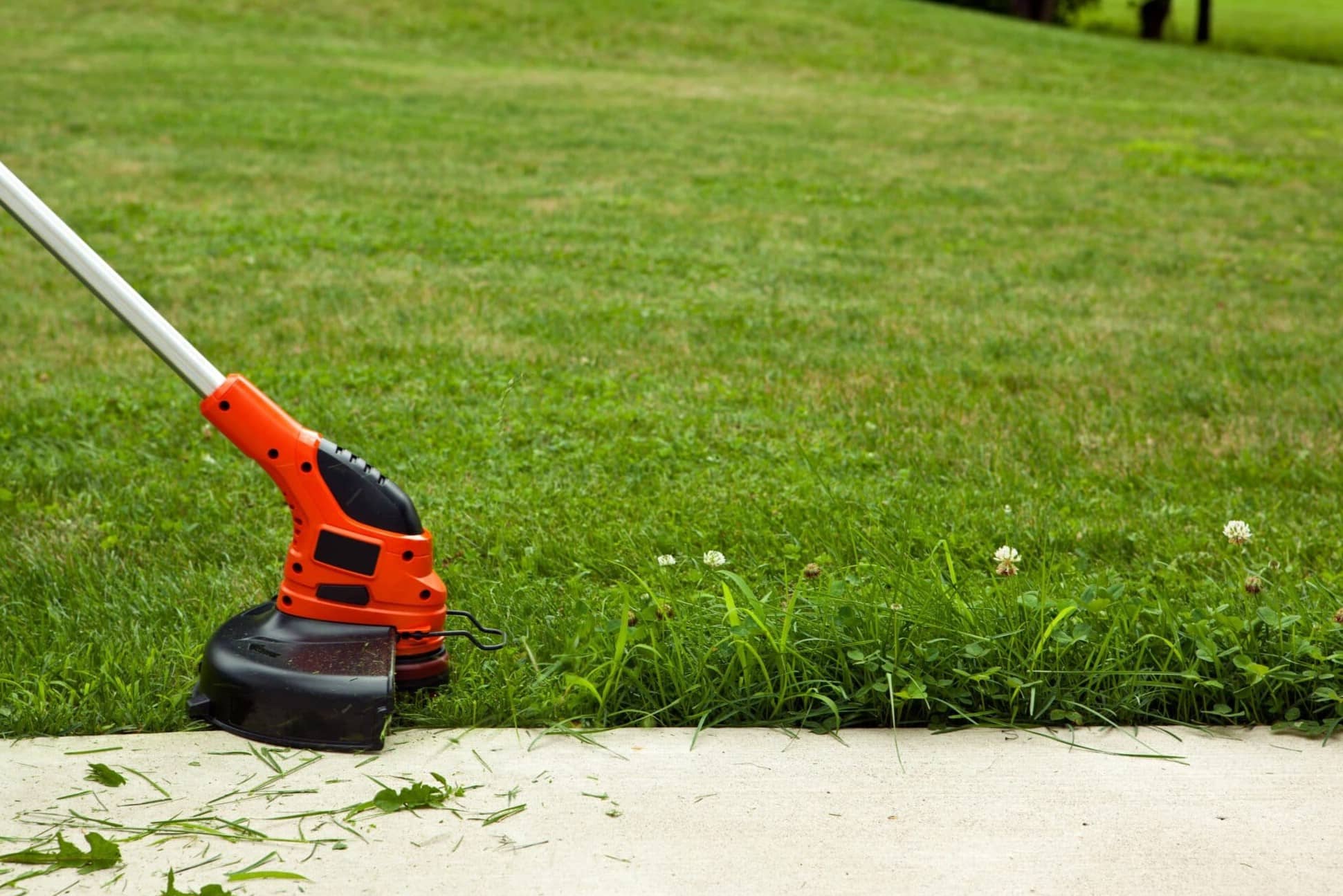

Landscaping Ideas
How To Trim Grass Edges
Modified: October 20, 2024
Learn the best landscaping ideas for trimming grass edges and creating a polished look for your outdoor space. Enhance your curb appeal with these expert tips!
(Many of the links in this article redirect to a specific reviewed product. Your purchase of these products through affiliate links helps to generate commission for Storables.com, at no extra cost. Learn more)
Introduction
Creating a well-manicured lawn involves more than just mowing the grass. One of the key elements of a pristine lawn is neatly trimmed grass edges. This often-overlooked task can significantly enhance the overall appearance of your outdoor space, giving it a polished and professional look.
Trimming grass edges not only improves the aesthetic appeal of your lawn but also serves a practical purpose. Neat edges prevent grass from encroaching onto pathways, flower beds, or driveways, maintaining a tidy and well-defined boundary.
In this comprehensive guide, we will explore the step-by-step process of trimming grass edges to achieve a flawless finish. From assessing the area to selecting the right tools and executing the trimming process with precision, we will cover everything you need to know to elevate the visual impact of your lawn. Whether you are a seasoned gardener or a novice enthusiast, mastering the art of trimming grass edges will undoubtedly elevate the overall allure of your outdoor space. So, let's delve into the essential tools and materials required for this task.
Key Takeaways:
- Trimming grass edges is essential for a polished lawn, preventing overgrowth and enhancing the overall appearance. With the right tools and precision, you can achieve immaculate and well-defined edges.
- By assessing, preparing, and trimming with care, you can transform your outdoor space into a visually captivating sanctuary. The meticulous effort put into trimming grass edges reflects your dedication to creating a charming and elegant landscape.
Read more: How To Fit Composite Decking Edge Trim
Tools and Materials
Before embarking on the task of trimming grass edges, it is crucial to gather the necessary tools and materials to ensure a seamless and efficient process. Here are the essential items you will need:
- Edging Shears: These specialized shears are designed to trim grass along edges with precision, allowing for clean and defined lines.
- Half-Moon Edger: Ideal for creating new edges or redefining existing ones, a half-moon edger is a versatile tool for shaping and maintaining crisp edges.
- Garden Gloves: Protect your hands with sturdy garden gloves to shield against any sharp or abrasive surfaces while working on the edges.
- Wheelbarrow or Garden Cart: Use a wheelbarrow or garden cart to transport any debris, soil, or discarded grass trimmings, facilitating a tidy cleanup process.
- String or Garden Hose: Utilize string or a garden hose to mark out the desired edge line before commencing the trimming process, providing a visual guide for precision.
- Safety Glasses: Safeguard your eyes with protective glasses to prevent any debris or particles from causing irritation or injury during the trimming process.
- Leaf Rake: A leaf rake is essential for gathering and removing any loose grass clippings and debris from the trimmed edges, ensuring a pristine finish.
By assembling these tools and materials, you will be well-equipped to tackle the task of trimming your grass edges effectively. With the groundwork laid out, let’s proceed to the first step: assessing the area to determine the optimal approach for achieving immaculate grass edges.
Step 1: Assess the Area
Before diving into the process of trimming the grass edges, it is essential to assess the area meticulously. Take a walk around your lawn to identify the existing edges and determine whether they require reshaping or simply need maintenance. Look out for any overgrown grass that has encroached onto paths, flower beds, or other designated areas. Additionally, consider the overall layout of your outdoor space and visualize the desired shape and definition of the grass edges.
Marking out the intended edge line using a string or a garden hose can provide a clear visual guide, allowing you to adjust and refine the proposed edges before committing to the trimming process. This step is crucial for ensuring that the final result aligns with your vision and complements the overall landscape design.
Furthermore, consider any obstacles or challenges such as tree roots, rocks, or uneven terrain that may impact the edging process. By carefully evaluating the area and taking note of these factors, you can strategize the most effective approach for trimming the grass edges while overcoming potential obstacles.
During the assessment, pay attention to any specific areas that may require special attention, such as curved edges or intricate landscaping features. By thoroughly evaluating the entire perimeter of your lawn and taking stock of the unique characteristics of the landscape, you can tailor your approach to address the distinct requirements of each section.
Once you have assessed the area and visualized the ideal edge lines, you are ready to prepare the edges for the trimming process. In the next step, we will delve into the essential preparations to ensure that the grass edges are primed for a precise and immaculate finish.
Step 2: Prepare the Edging
Preparing the edging is a crucial preliminary step that sets the foundation for achieving clean and well-defined grass edges. Whether you are creating new edges or refining existing ones, the preparation phase is essential for ensuring a seamless trimming process.
Begin by using a half-moon edger or a spade to redefine the edges, cutting vertically into the turf along the marked line. This initial edging serves to create a clear separation between the lawn and the surrounding areas, providing a guide for the subsequent trimming process. If you are maintaining existing edges, this step helps to refresh and redefine the boundary, enhancing the overall appearance of the lawn.
After creating the initial edge line, use a pair of edging shears to neaten any uneven or overgrown grass along the perimeter. Trim the grass with precision, following the contours of the edge line to maintain a consistent and polished appearance. Pay close attention to detail, ensuring that the edges are uniform and free from any stray grass that may detract from the overall aesthetic appeal.
For curved edges or intricate landscaping features, exercise patience and precision as you prepare the edging, adapting your approach to accommodate the unique contours and shapes. This meticulous preparation sets the stage for a streamlined trimming process, allowing for greater accuracy and a professional finish.
As you prepare the edging, take the opportunity to clear any debris or obstructions along the perimeter, ensuring a smooth and unhindered path for the subsequent trimming of the grass edges. By tidying up the area and addressing any impediments, you can focus on the trimming process without unnecessary interruptions.
With the edges meticulously prepared, you are now poised to embark on the pivotal stage of trimming the grass edges with finesse and precision. In the following step, we will delve into the intricacies of executing the trimming process to achieve immaculate and well-groomed edges.
When trimming grass edges, use a half-moon edging tool to create a clean, straight edge. Start by marking the desired edge with string or a hose, then use the tool to cut along the line, keeping the blade angled slightly away from the lawn to prevent damage.
Step 3: Trim the Grass Edges
Trimming the grass edges is where precision and attention to detail come into play, elevating the overall appearance of your lawn with defined and immaculate edges. With the area assessed and the edges prepared, it’s time to focus on the actual trimming process to achieve a professional finish.
Using your edging shears, carefully trim along the marked or defined edge line, ensuring a clean and uniform cut. Approach the task methodically, working in small sections to maintain control and accuracy. By following the natural contours of the edge line, you can create a seamless transition between the lawn and adjacent areas, whether it’s a pathway, flower bed, or driveway.
For optimal results, hold the edging shears at a slight angle, allowing the blades to glide smoothly along the edge while maintaining a consistent cutting height. This technique facilitates a neat and professional finish, enhancing the visual appeal of the trimmed edges.
As you progress along the perimeter, periodically step back to assess your work, ensuring that the edges remain uniform and well-defined. This vantage point allows you to identify any areas that may require further attention or refinement, enabling you to maintain a consistent standard of precision throughout the trimming process.
When addressing curved edges or intricate contours, maneuver the edging shears with dexterity, adapting to the varying shapes and angles to uphold the integrity of the edges. Exercise patience and finesse, as these unique features contribute to the overall charm of the landscape, and precise trimming accentuates their visual impact.
Throughout the trimming process, maintain a steady pace and a steady hand, prioritizing accuracy and a polished finish. By approaching the task with dedication and a keen eye for detail, you can elevate the entire aesthetic of your lawn, transforming it into a well-groomed and visually striking outdoor space.
With the grass edges meticulously trimmed to perfection, it’s time to shift focus to the final step: cleaning up the area and adding the finishing touches to showcase your pristine lawn.
Read more: How To Edge Artificial Grass
Step 4: Clean Up
Completing the trimming process is just the first part of achieving immaculate grass edges. The final step involves thorough cleanup and adding the finishing touches to showcase your meticulously groomed lawn. This phase is essential for ensuring that the trimmed edges stand out and contribute to the overall allure of your outdoor space.
Begin by using a leaf rake to gather any loose grass clippings and debris that may have accumulated during the trimming process. Work methodically along the edges, collecting the trimmings and ensuring that the surrounding areas are free from any remnants of the edging process. This meticulous cleanup not only enhances the visual appeal of the lawn but also prevents stray clippings from detracting from the polished finish.
Once the immediate area is clear of debris, take a moment to inspect the trimmed edges from various angles, ensuring that they exhibit a consistent and well-defined appearance. Address any stray clippings or irregularities, refining the edges to achieve a uniform and professional finish.
If the trimming process has resulted in displaced soil or minor disturbances along the edges, use a garden rake to smooth out the affected areas, restoring a seamless transition between the lawn and adjacent surfaces. This step contributes to the overall tidiness and refinement of the trimmed edges, elevating the visual impact of the entire lawn.
Finally, consider adding a layer of mulch or a decorative border along the edges to enhance their prominence and create a striking contrast with the lush greenery of the lawn. This additional touch not only frames the edges but also adds a touch of sophistication to the overall landscape design, accentuating the meticulous care and attention devoted to the grass edges.
With the cleanup and final embellishments complete, step back and admire the transformation of your lawn. The impeccably trimmed grass edges now contribute to a well-groomed and visually captivating outdoor space, showcasing your dedication to maintaining a pristine landscape.
By following these steps, you can achieve flawless grass edges that elevate the overall allure of your lawn, creating a polished and professional look that enhances the beauty of your outdoor environment.
Conclusion
Trimming grass edges is a transformative process that elevates the visual appeal of your lawn, imparting a sense of refinement and meticulous care to the outdoor space. By following the comprehensive steps outlined in this guide, you have gained the knowledge and insight to achieve immaculate grass edges that contribute to a well-groomed and professional landscape.
From assessing the area and preparing the edges to executing the trimming process with precision and finesse, each step plays a vital role in creating defined and polished grass edges. The attention to detail and the strategic approach employed throughout the process culminate in a visually striking result that enhances the overall allure of your lawn.
As you embark on the journey of trimming grass edges, remember that the meticulous care and dedication you invest in this task are reflected in the pristine finish of the edges. The seamless transition between the lawn and adjacent areas, the uniformity of the trimmed edges, and the overall tidiness of the outdoor space showcase your commitment to maintaining a well-manicured landscape.
With the final cleanup and embellishments, the trimmed edges stand as a testament to your craftsmanship and attention to detail, adding a touch of sophistication to the overall landscape design. Whether framing pathways, flower beds, or other features, the impeccably trimmed grass edges contribute to a cohesive and visually captivating outdoor environment.
Embrace the art of trimming grass edges as an opportunity to showcase your passion for creating a picturesque and inviting outdoor space. The meticulous effort you invest in this task yields not only a visually stunning lawn but also a sense of pride in curating a landscape that exudes charm and elegance.
By mastering the art of trimming grass edges, you have unlocked the potential to transform your lawn into a captivating and well-defined outdoor sanctuary, where every detail reflects your dedication to creating a harmonious and visually appealing environment.
Frequently Asked Questions about How To Trim Grass Edges
Was this page helpful?
At Storables.com, we guarantee accurate and reliable information. Our content, validated by Expert Board Contributors, is crafted following stringent Editorial Policies. We're committed to providing you with well-researched, expert-backed insights for all your informational needs.
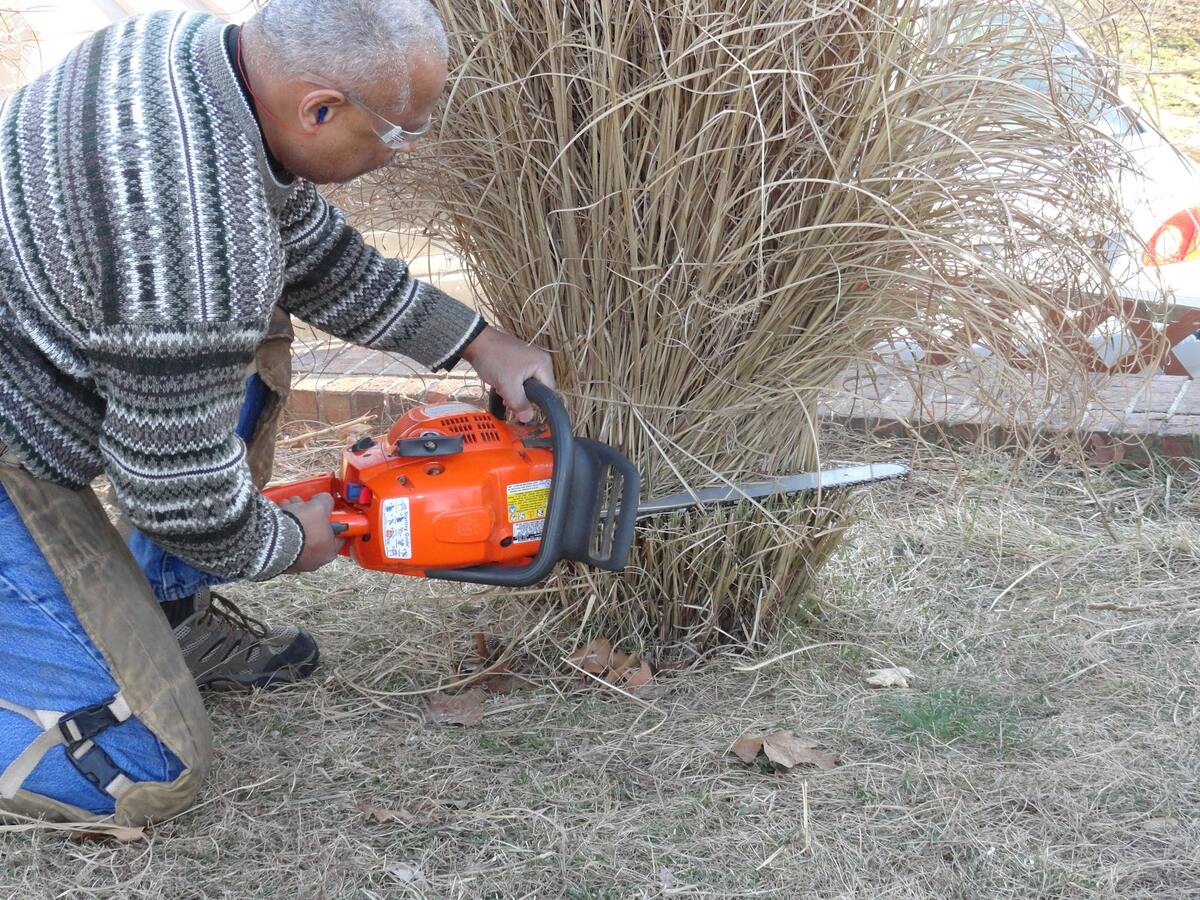
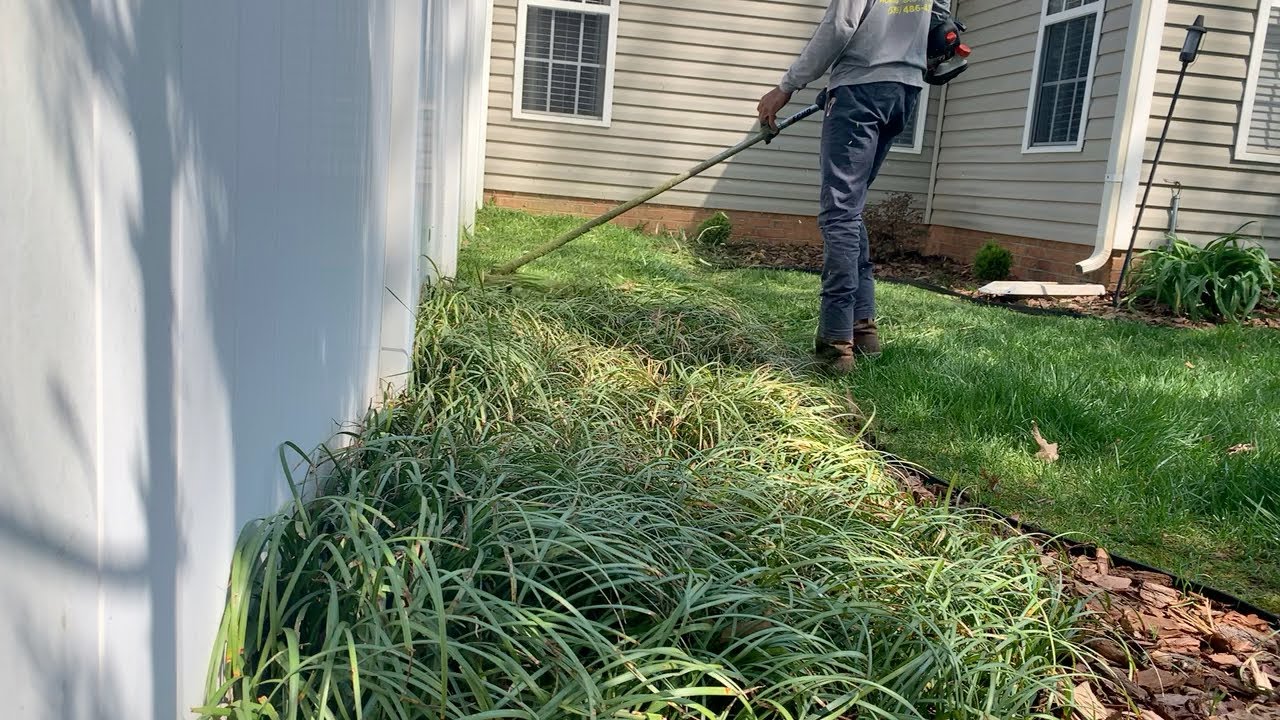
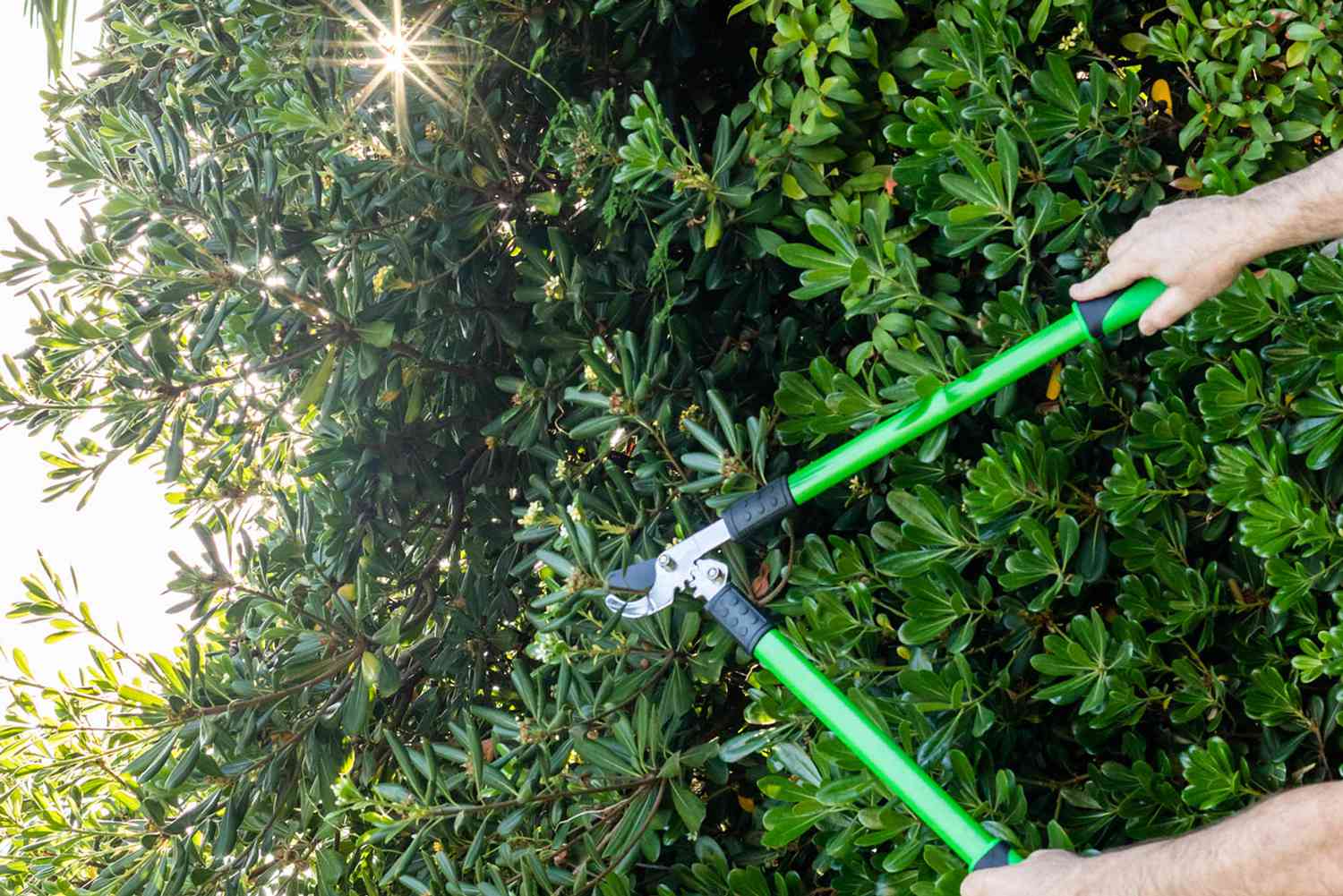
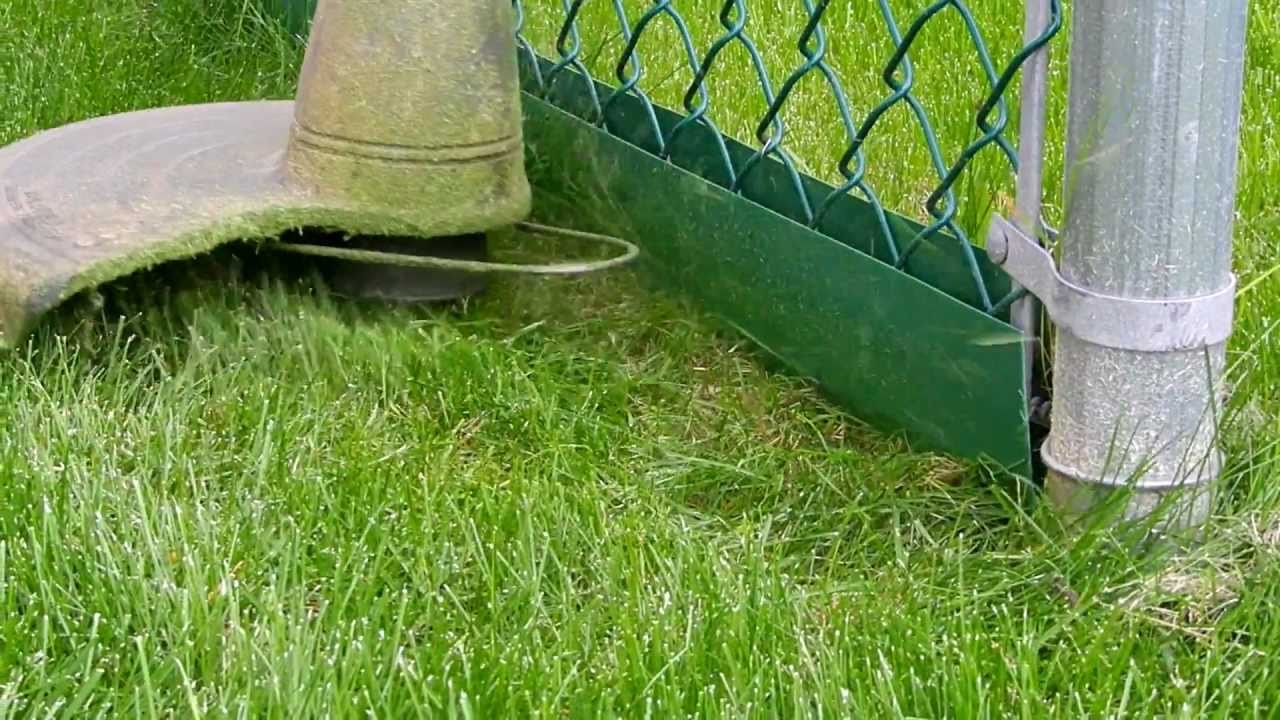
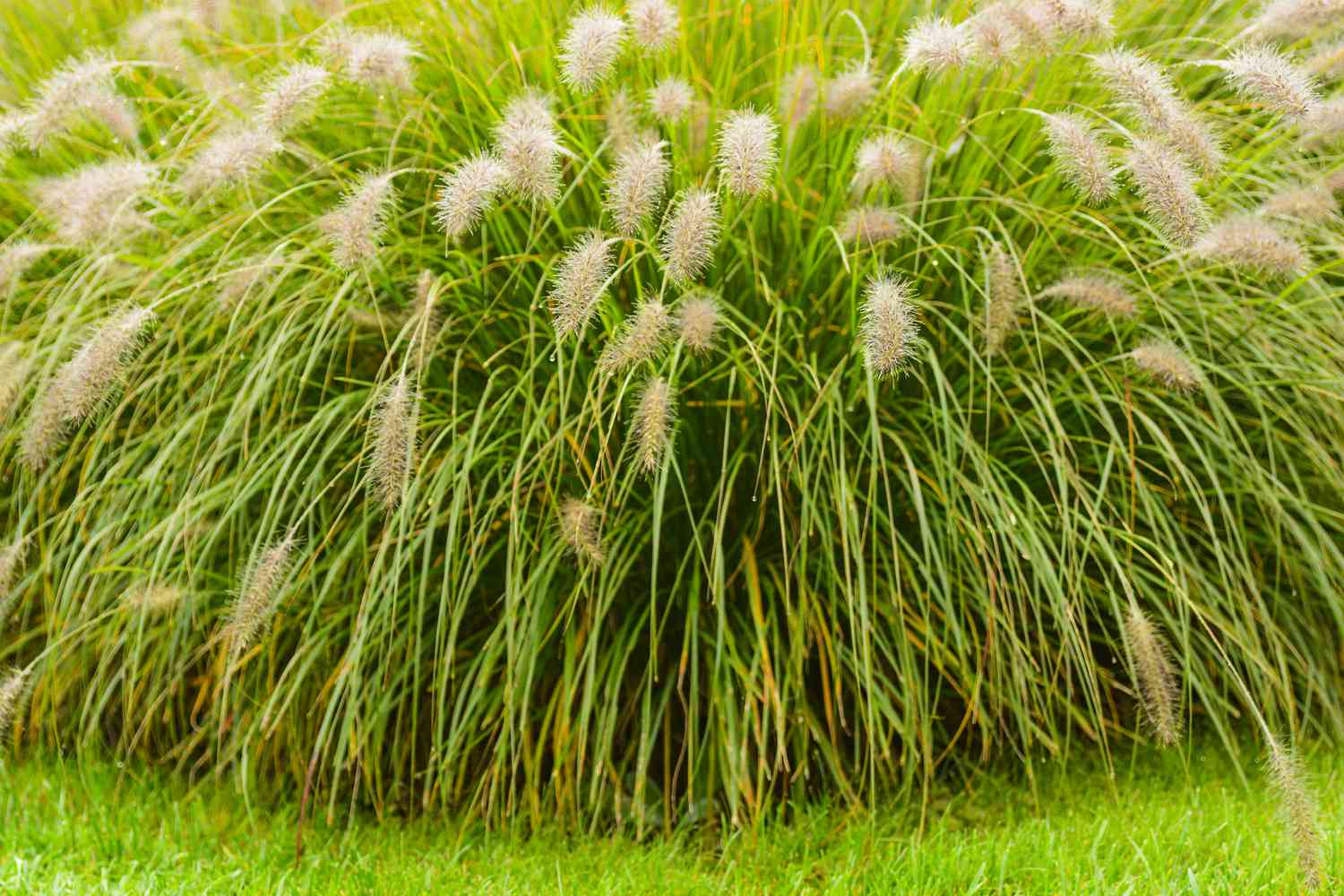
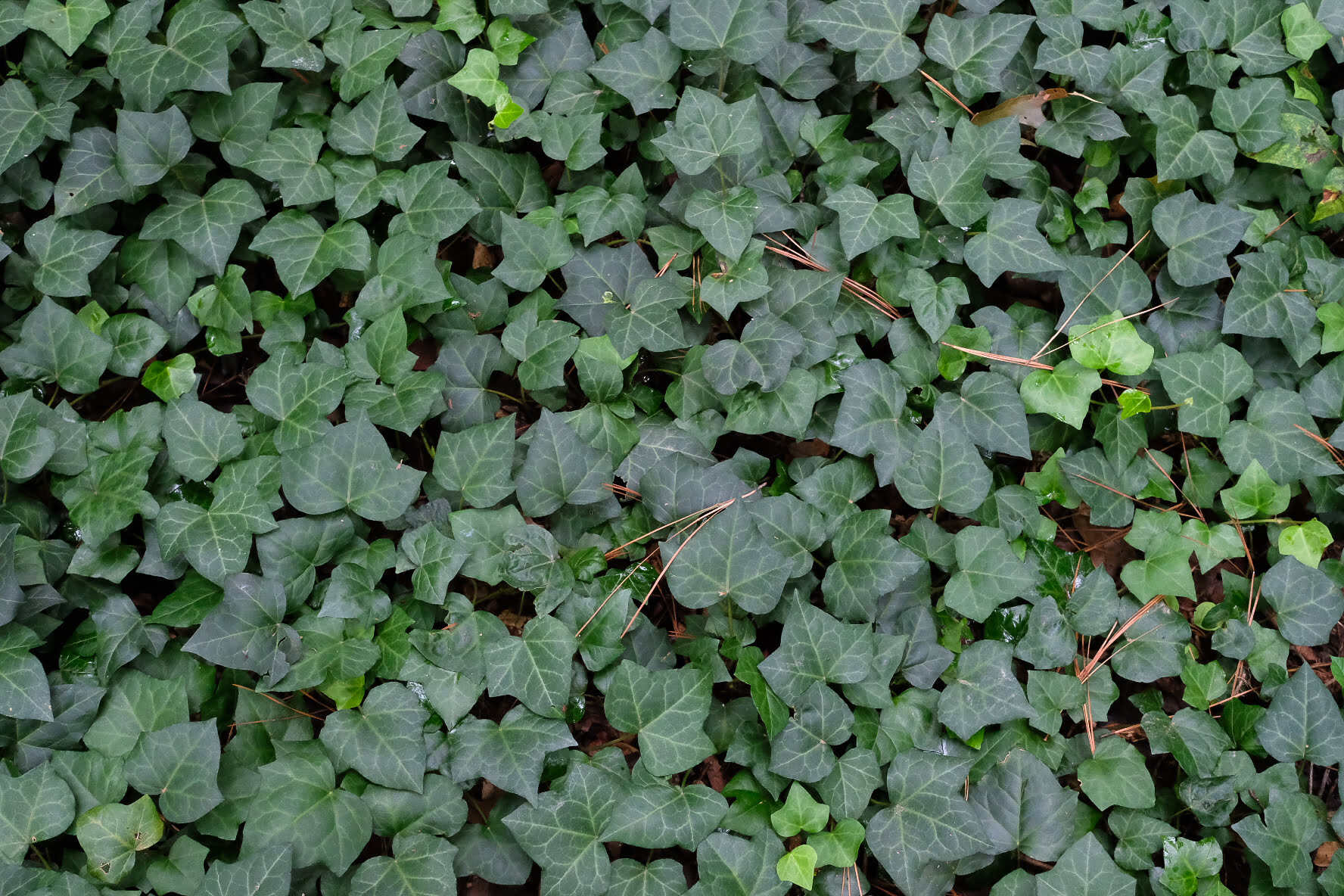
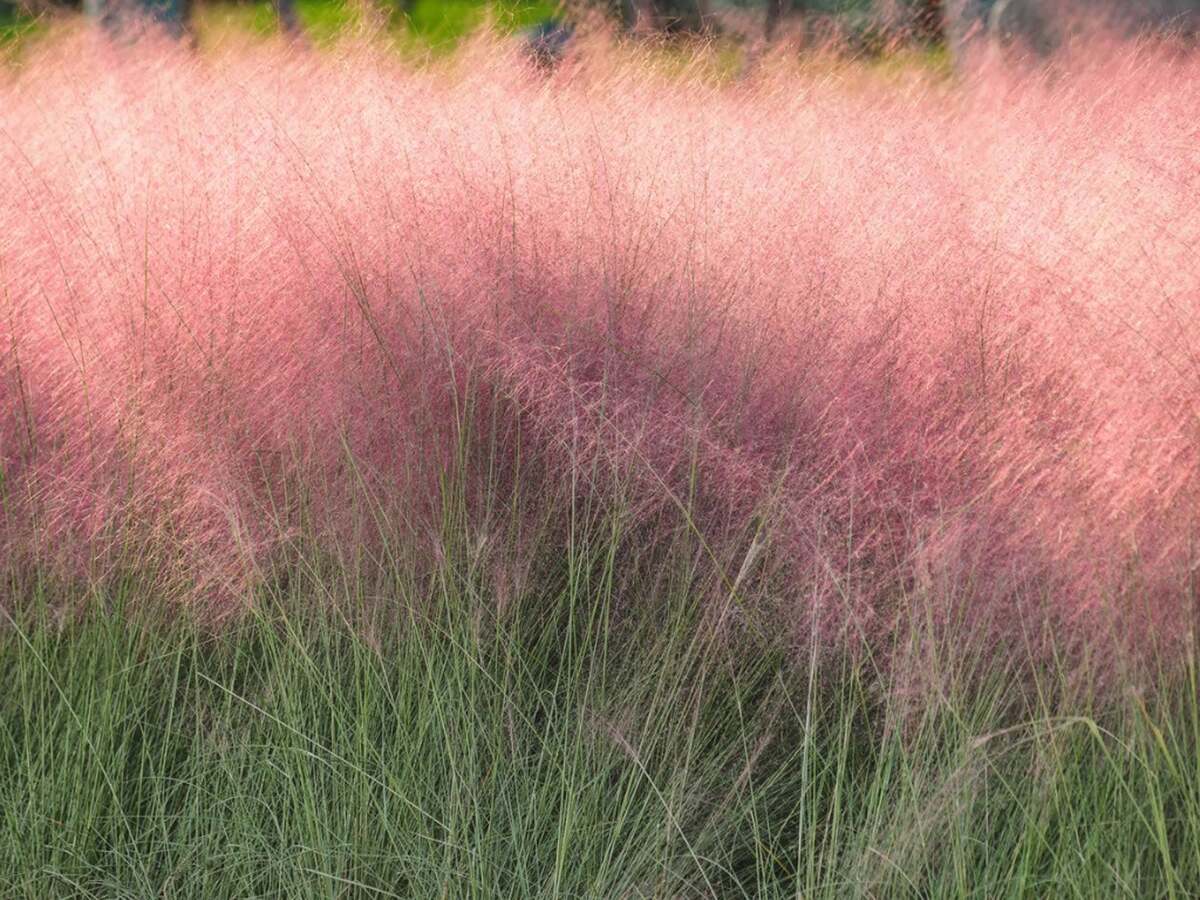
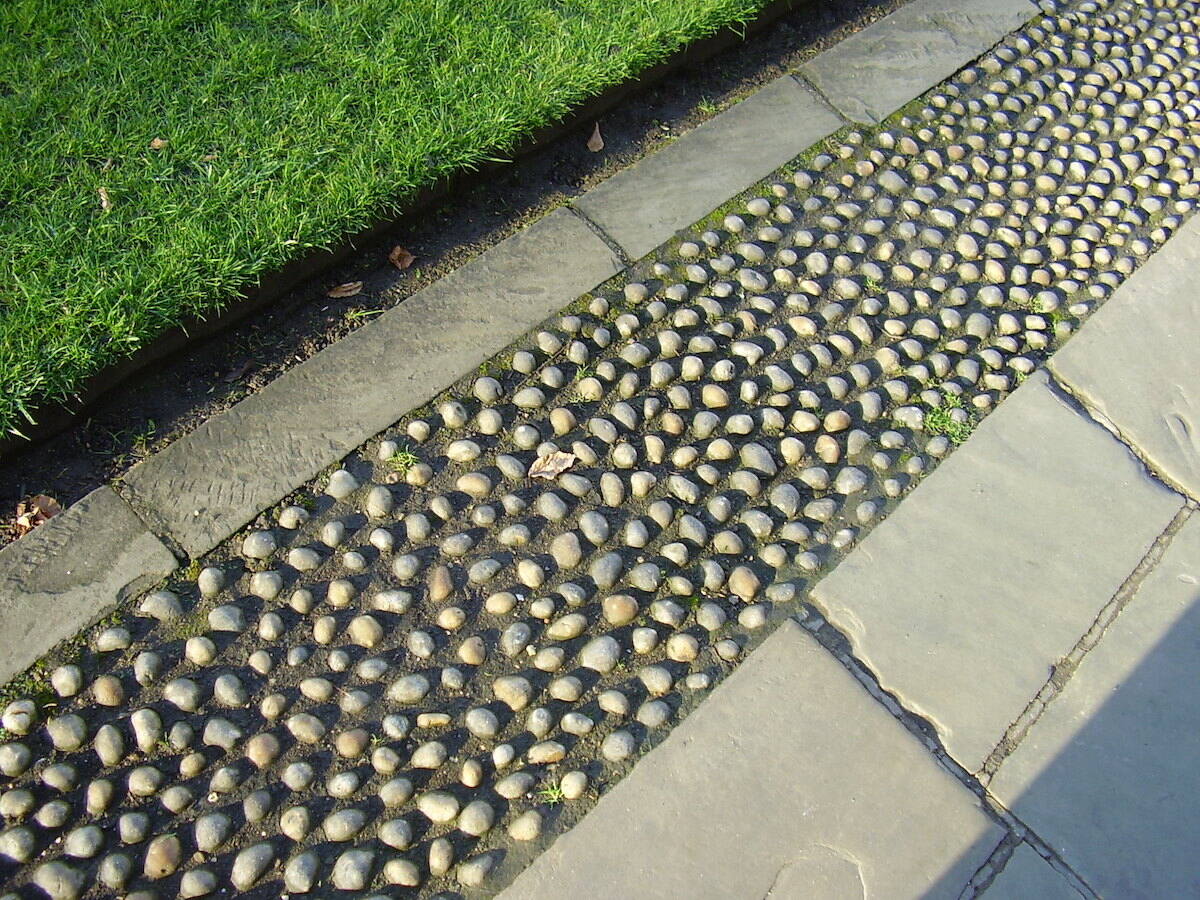
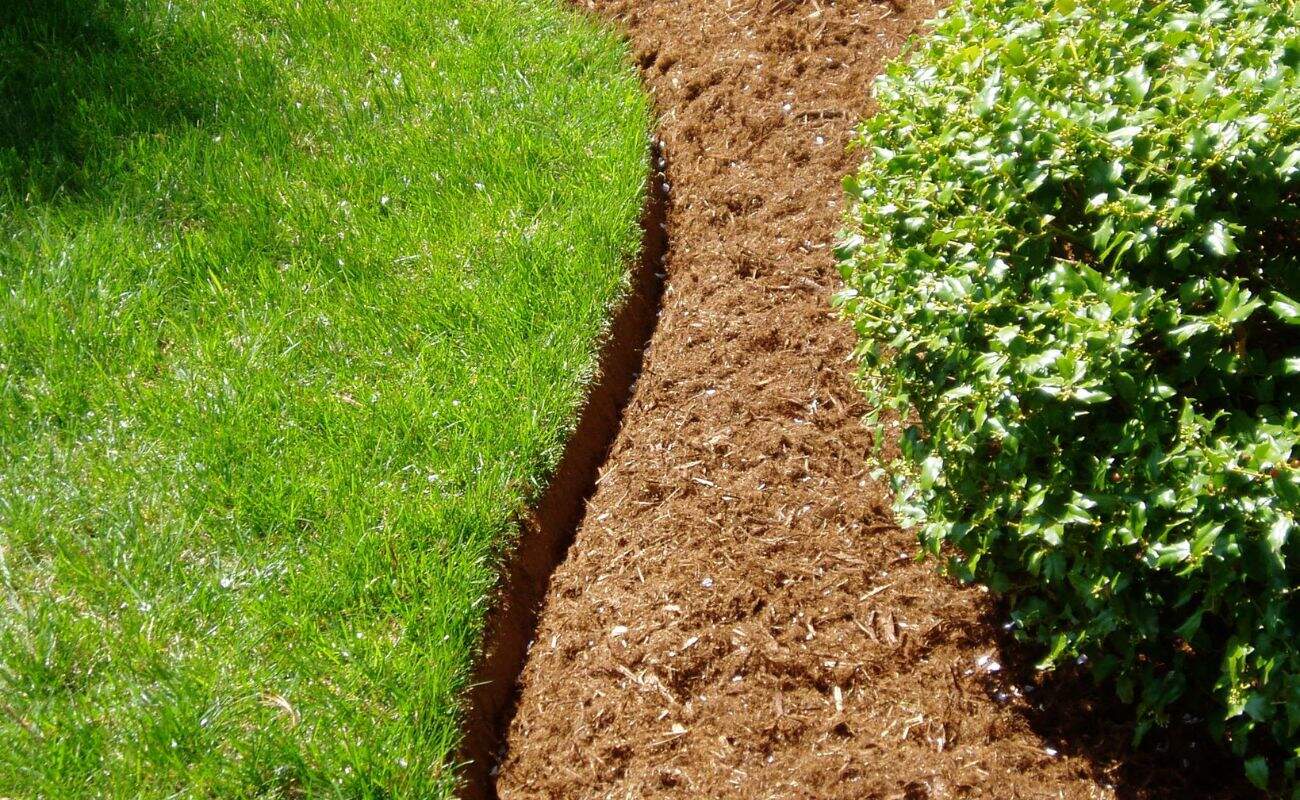
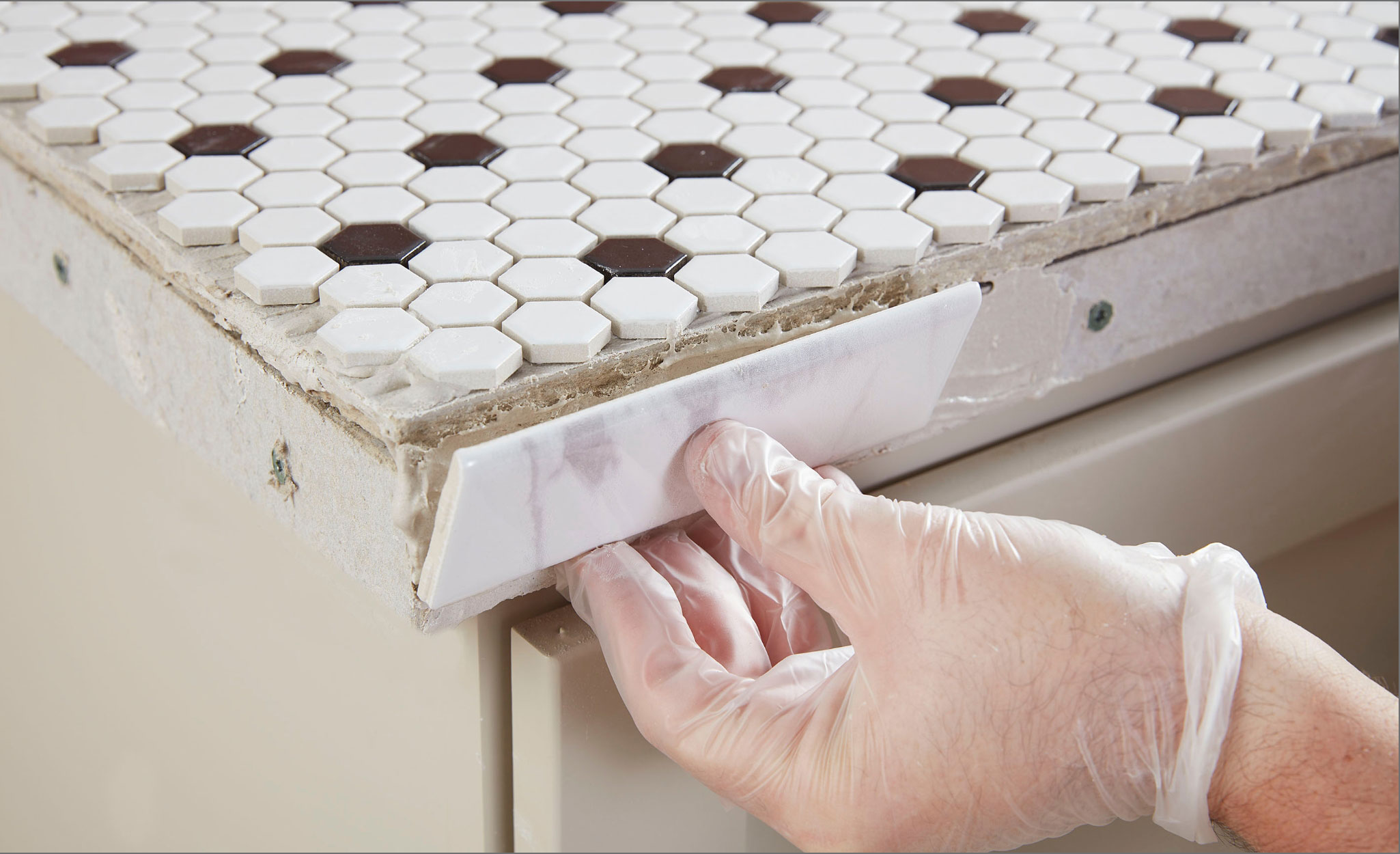
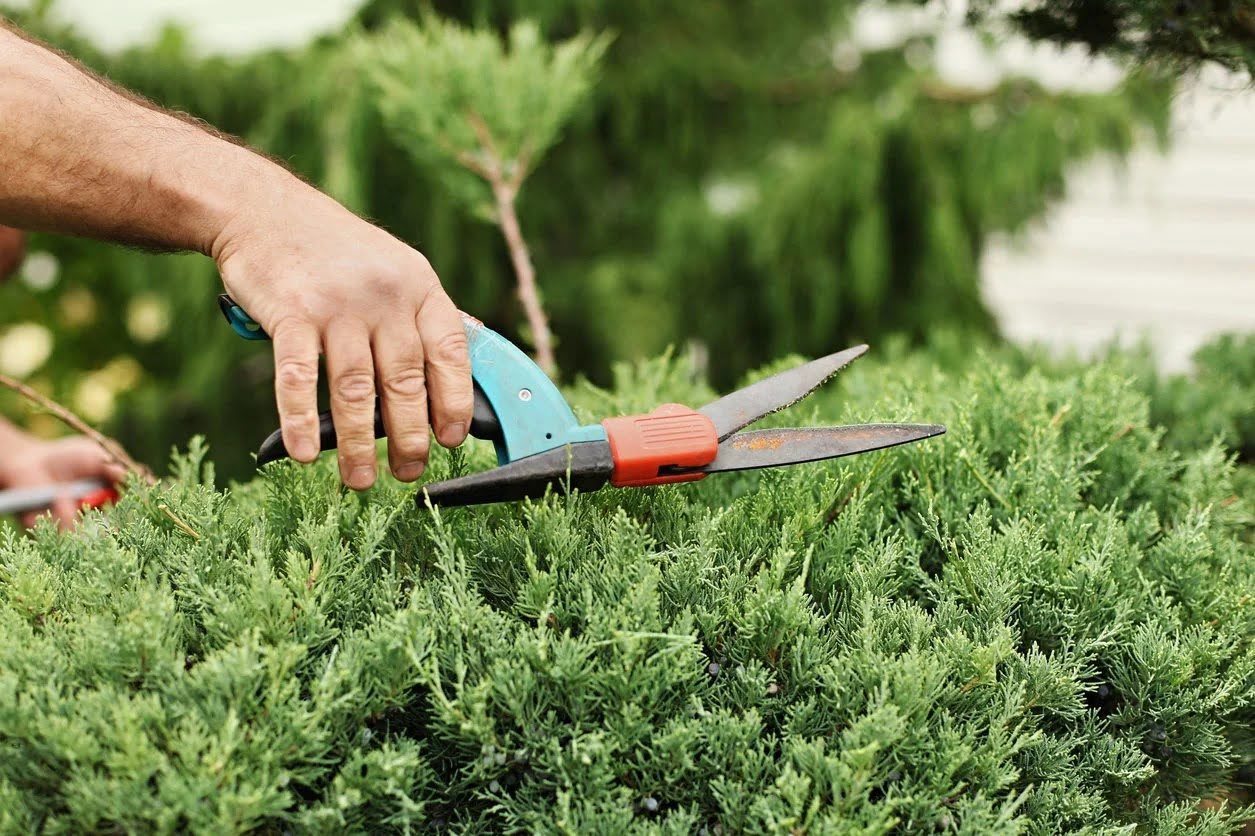
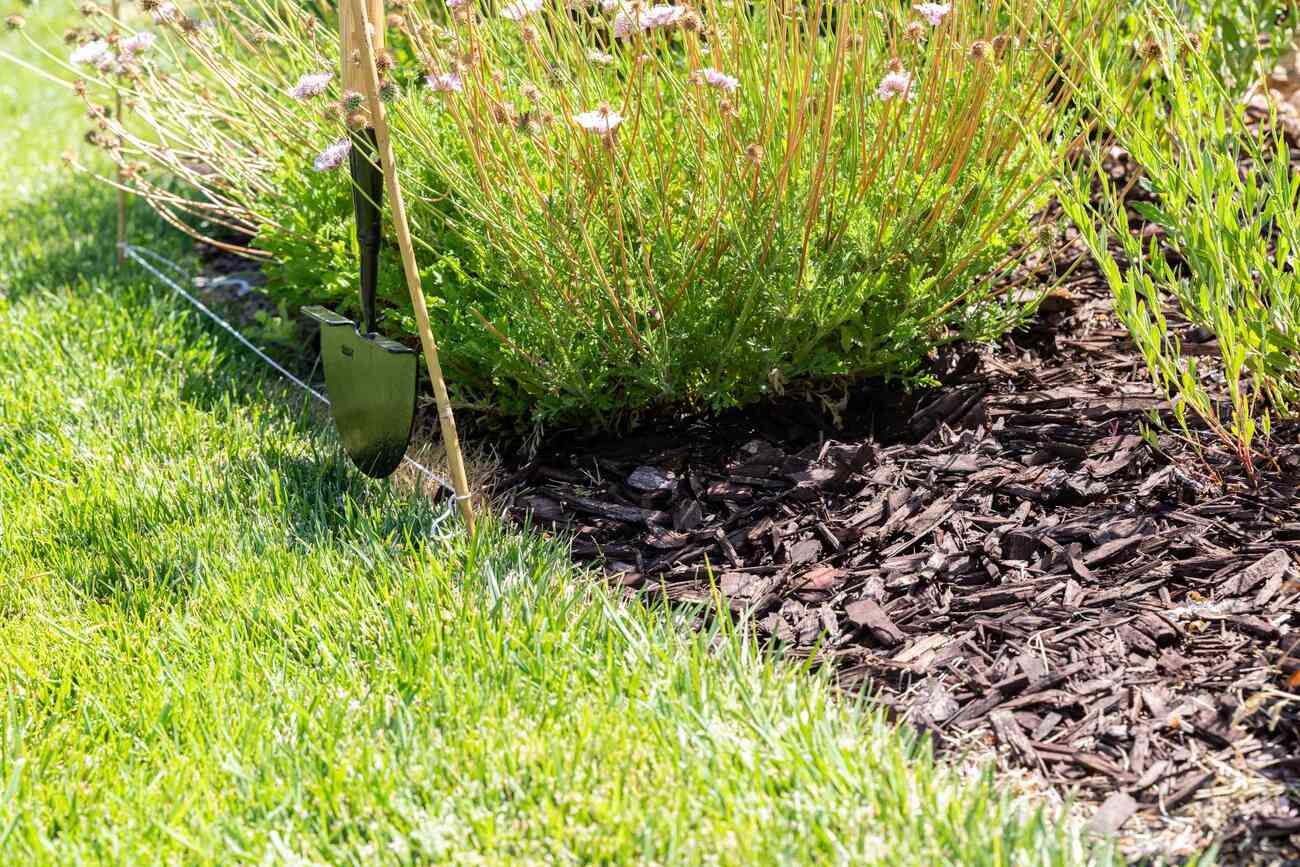
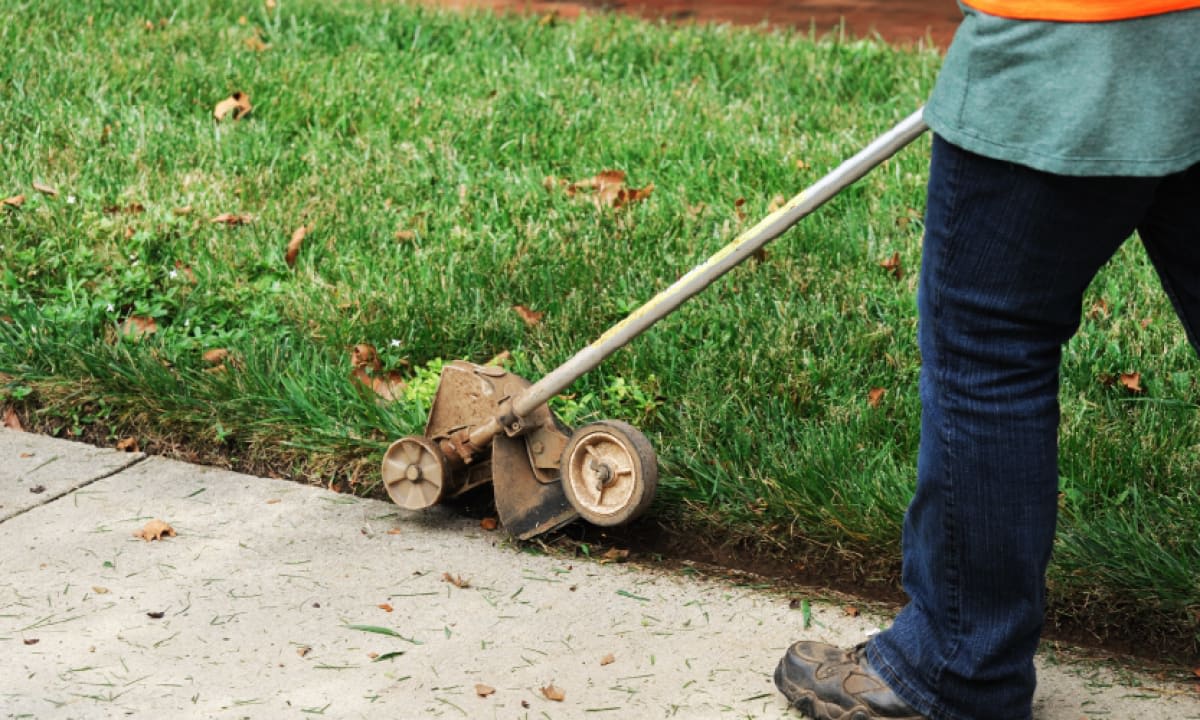
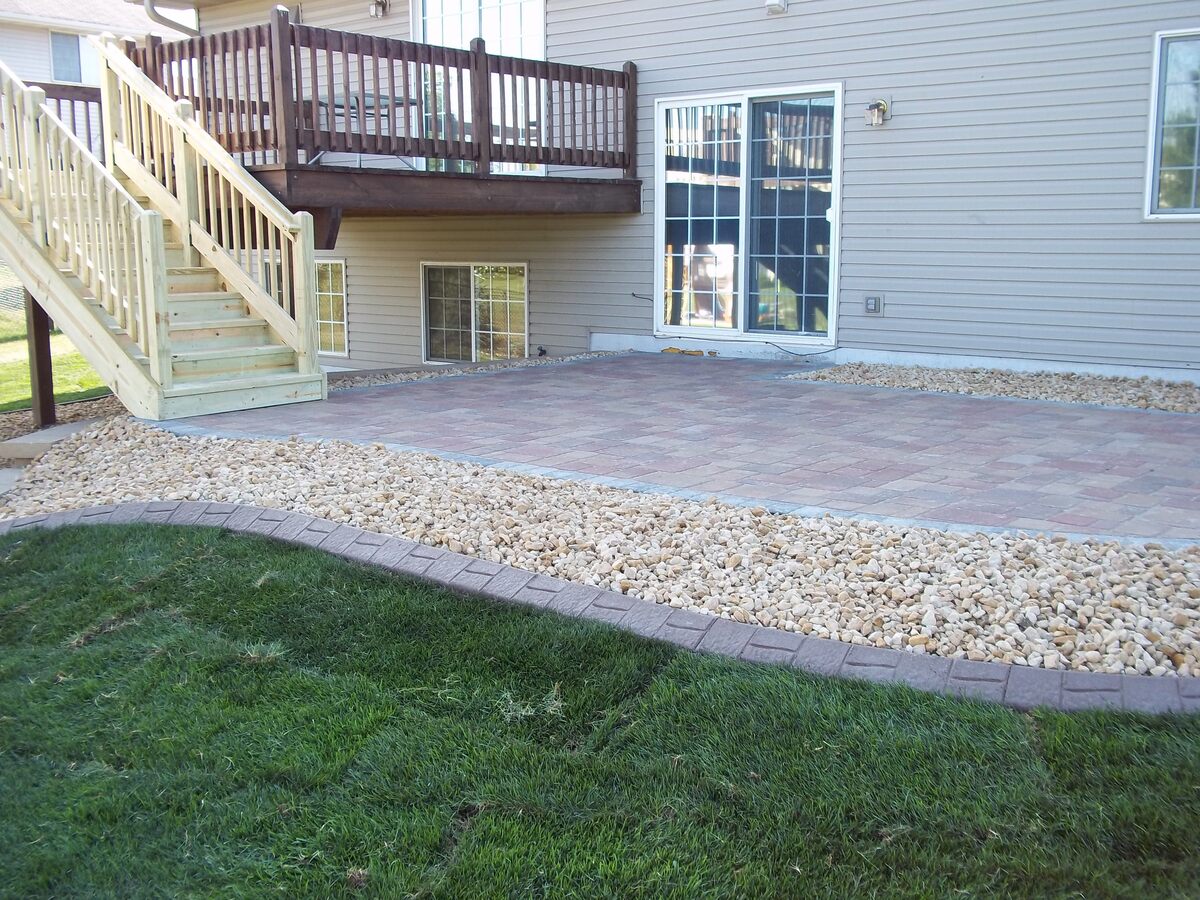

0 thoughts on “How To Trim Grass Edges”